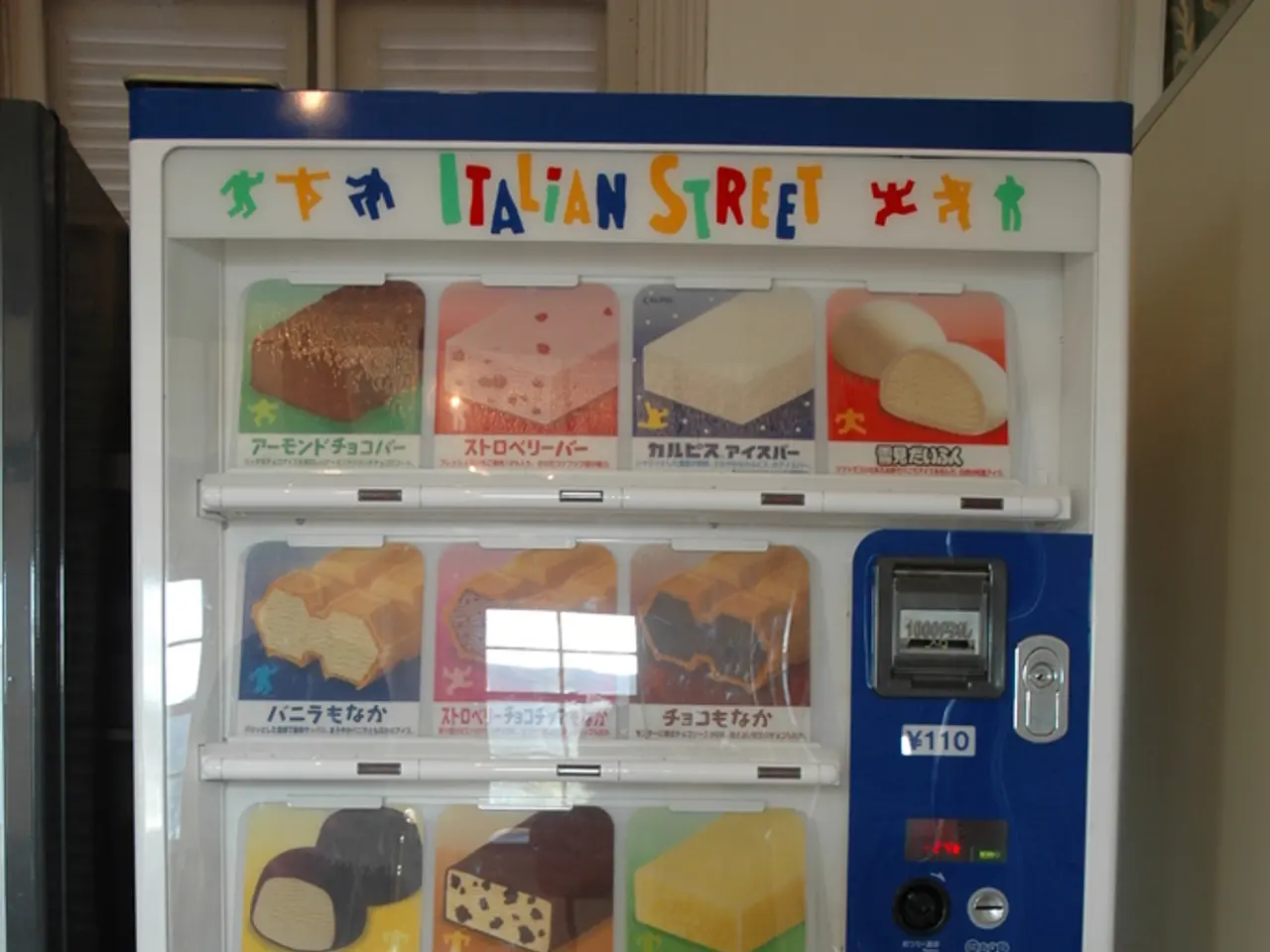Design Placement Matters: The Significance of Spatial Arrangement
In the realm of user interface (UI) design, the concept of proximity plays a pivotal role in shaping an intuitive and efficient digital experience. By leveraging human cognitive tendencies, proximity can help users perceive related elements quickly, reducing cognitive load and improving navigation efficiency.
### The Impact of Proximity on User Selections
The close placement of related UI elements, such as buttons or text entry boxes, to their corresponding information can significantly reduce the number of eye movements (saccades), minimizing selection errors. This visual grouping helps users understand information faster and more intuitively, speeding up decision-making.
Proximity also reduces cognitive load by organizing elements clearly, helping users process interface information without confusion or overload. By using appropriate spacing (white space), designers can enhance clarity and prevent accidental selections.
Moreover, proximity affects the distance users must move cursors or fingers to reach targets. Placing buttons or interactive elements near each other and within natural reach zones (such as near the bottom of a mobile screen or within 0.5 to 1.5 meters in Virtual Reality) is faster and easier, reducing the risk of errors.
### Practical Implications for Designers
To create interfaces that improve both the speed and accuracy of user selections, designers should group related controls closely, such as tabs with their content or form labels near input fields. Appropriate spacing should be used to separate unrelated groups, enhancing clarity and preventing accidental selections.
Interactive elements should be placed within optimal reach distances to speed up interaction and reduce errors. In VR, for instance, this would be between 0.5 to 1.5 meters, while on mobile devices, it would be within the thumb’s natural reach.
Making targets large enough and close enough also reduces the effort and time to select, leveraging Fitts’s Law for better usability.
### Designing with a Logical Structure
A logical structure in UI design can reduce the demand placed on users and help speed up the selection process. Placement of other items can have a disruptive or inhibitory effect on identical pair detection, so designers should consider proximity as a subtle yet important aspect of user interface design to support how visual information is instantly perceived.
### Case Study: Amazon Gift Cards
The Amazon gift card page serves as an example of good design, with matching category items placed close to each other and distinct categories spaced apart. This design strategy reduces cognitive load and speeds up decision-making for users.
### Further Learning
For more information on arranging information in screen-based interfaces, consider the course: Gestalt Psychology and Web Design: The Ultimate Guide.
### References
- Fig. 1: An example of good design from Amazon Inc., where buttons are arranged close to the corresponding information yet spaced far enough apart from separate options (source: Amazon Inc.). - Fig. 2: A reference to a PDF by Palmer and Beck (2000) that discusses user interface design principles (source: Palmer, H. I., & Beck, J. C. (2000). Interactive Design: Process in Practice). - Fig. 4: An unidentified image from National Instruments AWR (source: National Instruments AWR). - Fig. 3: An example of an add element form in HTML, dynamically created using JavaScript, but the source is not specified.
In the context of home-and-garden lifestyle, a well-designed UI can mimic the spatial organization found in our homes, reducing cognitive overload just as properly arranged furniture facilitates efficient navigation. For instance, grouping related options, such as buttons for different rooms, close together in a mobile app design mirrors how one arranges appliances in a kitchen, improving user experience.
UI designers can also learn from the concept of a garden, where elements are carefully placed for aesthetics and function. analogous to strategically positioning flower beds or furniture near a window to enhance both visual appeal and practical functionality, designers can use proximity to group interactive elements, such as icons for home-and-garden related apps, while ensuring they're also visually appealing and easy to navigate.




